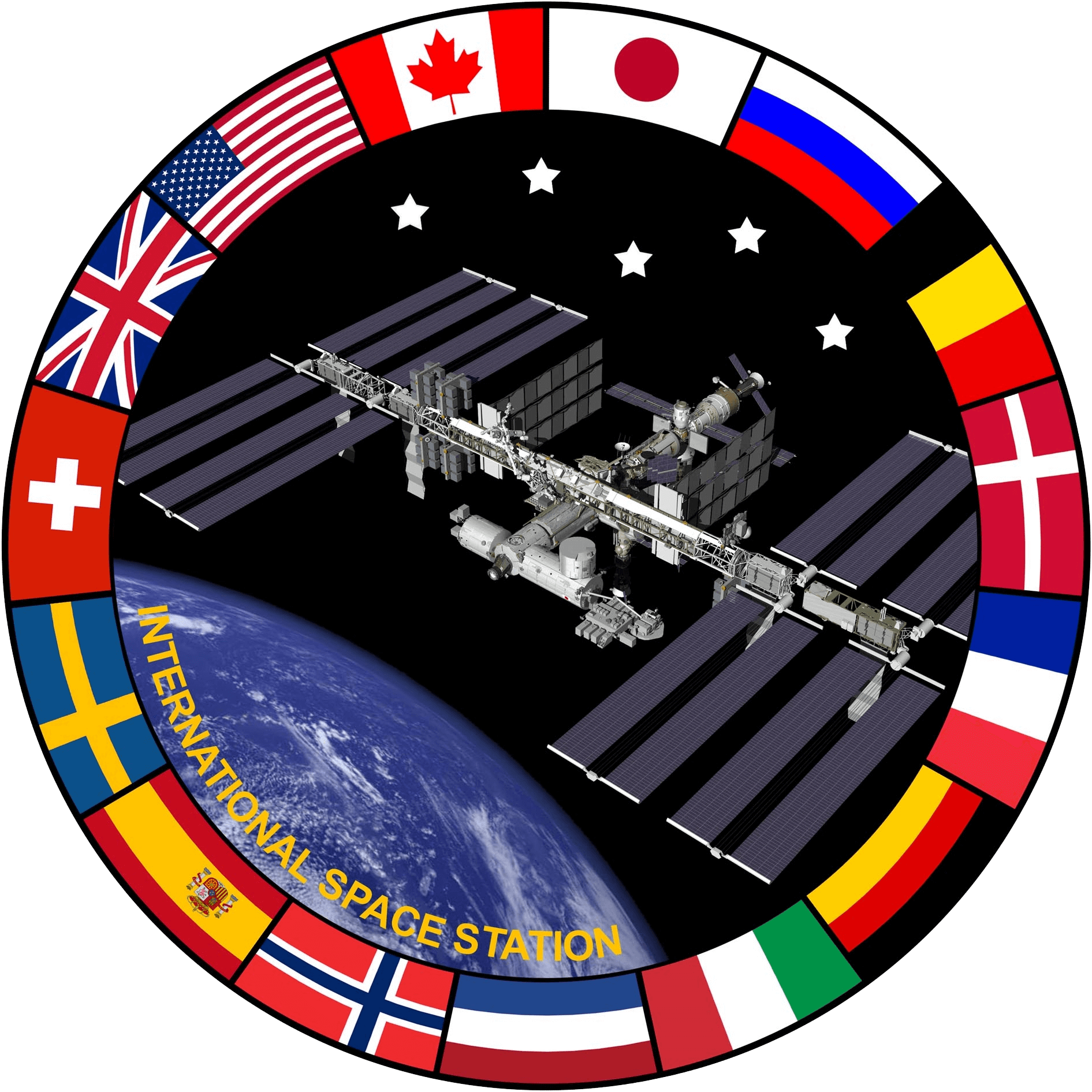

In a more symbolic and significant step, the core module of the independently designed and assembled Chinese Space Station (CSS), dubbed Tianhe (“Heavenly Harmony” in Chinese), was successfully launched into orbit last month. At the end of last year, it also brought back the first rock samples from the Moon in more than 40 years.

In 2019, it landed a rover on the far side of Moon – the first country ever to do so. The country sent its first taikonaut – a term that originates from the Chinese word taikong (meaning “space” or “cosmos”) – into space in 2003 and positioned its first temporary module in orbit in 2011. The first module of the space station went into orbit last month īut despite the relatively late starting date, progress has been rapid. A child holds part of a rocket model at an exhibition on the development of China’s space exploration at the China Science and Technology Museum in Beijing Visitors walk inside a model of the core module of the Tianhe space station at the exhibition. The world’s most populous country did not start a manned space programme until 1992 – decades after the former Soviet Union and the United States – when the government passed legislation to formally commence crewed space missions. “We’ve always been interested in Mars and we didn’t give a second thought when we heard there was a Mars camp in Qinghai,” said Zou Xin’ang, who drove seven hours with his family to get to the camp.įrom box office hit Wandering Earth, a space-themed Chinese sci-fi film, to live streams of rocket launches, people in China are increasingly fascinated with outer space.īehind the growing interest lies the Chinese government’s own ambition. The Qinghai camp has attracted tens of thousands of tourists looking to live out their space dreams since it first opened two years ago and is one of at least half a dozen that have been set up around the country. The only signs that indicate this might not be the Red Planet are the off-road vehicles carrying dozens of tourists, and the photographers conscientiously taking Martian-like portraits of the visitors. Sitting in the far northwestern region of China, Qinghai’s terrain is dominated by deserts and Yardang landforms – sandy-coloured rocks and bedrock surfaces shaped by wind erosions – much like Mars. Behind them is a sign that says “Mars Camp”, and on top of the camp flies a Chinese flag. Wearing bulky and worn-out space suits, they start to wobble across the barren field. Mangya, China – In an uninhabited area of China’s Qinghai province, two people step out of a tent into a landscape that resembles a planet in outer space under a sometimes sepia sky.


 0 kommentar(er)
0 kommentar(er)
